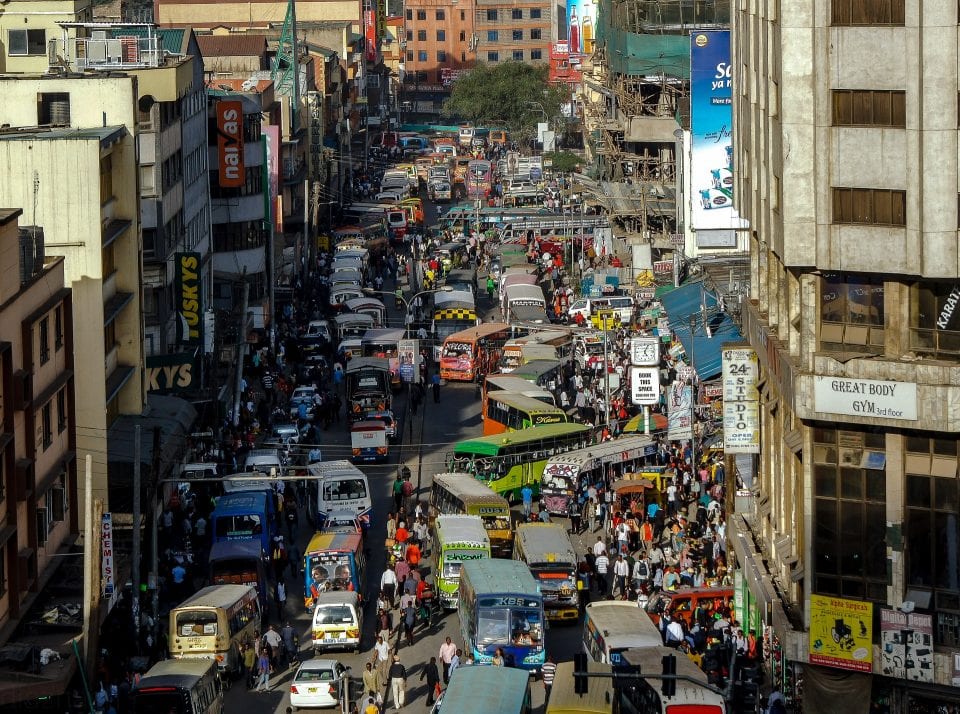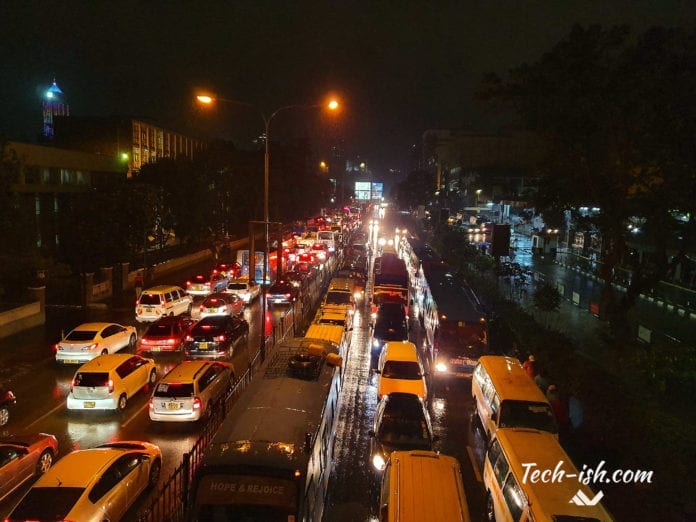Driving in Kenya is a passionate pursuit for many, with enthusiasts relishing the freedom of the open road. However, beneath this veneer of enthusiasm lies a deep-rooted problem: Kenya’s driving culture is marred by incompetence, recklessness, and a lack of accountability. From lazy agencies failing to maintain roads to the rampant disregard for traffic rules among drivers, the experience of driving in Kenya is far from pleasant. It is high time we address these systemic issues and strive for a safer and more efficient transport system.
Lazy Agencies:
The lackadaisical approach of various agencies responsible for road maintenance and traffic management is at the heart of Kenya’s driving woes. Unmarked roads, non-standardized speed bumps, and the absence of traffic lights create a breeding ground for confusion and accidents. This negligence not only endangers road users but also hampers the smooth flow of traffic. Urgent action is needed to demand accountability and prioritize the safety and convenience of drivers.
Impatient Drivers:
While there are undoubtedly responsible and law-abiding drivers in Kenya, they are often overshadowed by the impatient and reckless behaviour exhibited by many others. Overlapping, incessant hooting, abrupt stops, and a blatant disregard for indicators have become commonplace on Kenyan roads. Such behaviour not only jeopardizes the lives of fellow motorists but also contributes to traffic congestion and delays. It is disheartening to witness the prevailing belief that breaking traffic rules is a means to gain an unfair advantage. Stricter enforcement and comprehensive driver education programs are imperative to address this alarming trend.
Kenya’s driving landscape suffers from a severe lack of lane discipline. Drivers change lanes without signalling, disrupt the flow of traffic, and increase the risk of accidents. Additionally, slow-moving vehicles often occupy fast lanes, impeding the progress of others. This disregard for lane discipline extends beyond individual drivers to public transport vehicles, particularly the notorious matatus, which regularly drop off passengers on highways. The lack of lane awareness and discipline exacerbates congestion and compromises safety on the roads.

Inadequate Public Transport:
The chaos and frustration caused by Kenya’s public transport system, particularly the infamous matatus, cannot be overlooked. Matatus are synonymous with reckless driving, overloading, and an utter disregard for traffic rules. Commuters endure uncomfortable and unsafe journeys, while other road users constantly face the brunt of the erratic behaviour exhibited by these vehicles. Urgent reforms are needed to address the shortcomings of the public transport system, enforce regulations, and provide safer alternatives for citizens.
Ineffectiveness of National Transport Safety Authority (NTSA):
Despite its establishment, the National Transport Safety Authority (NTSA) has failed to live up to its promise. The newly introduced NTSA portal, touted as a solution, remains an ineffective implementation on paper. Even if the authority were to introduce a point system to grade driving behavior, the potential for corruption and misuse looms large. Moreover, the lack of a reliable reporting mechanism hinders necessary action against rogue drivers. A comprehensive overhaul of the NTSA’s operations, coupled with enhanced accountability, is essential to restore public faith in the system.
A prevailing issue exacerbating the driving woes in Kenya is the lack of effective reporting mechanisms and accountability. Incidents of reckless driving and encounters with rogue drivers often go unreported and unpunished, leaving citizens feeling helpless and frustrated. Whether it’s rogue matatu drivers, diplomats, politicians, or businessmen engaging in dangerous driving practices, the absence of consequences perpetuates a culture of impunity. It is imperative to establish a reliable and responsive reporting system that encourages drivers to report incidents and ensures appropriate actions are taken against offenders.
Kenya’s roads suffer from poor maintenance, potholes, and inadequate signage, which not only contribute to a bumpy and uncomfortable driving experience but also pose significant safety hazards. Properly maintained roads are essential for ensuring smooth traffic flow and reducing accidents. Additionally, the lack of proper infrastructure planning, including dual carriageways and efficient intersections, exacerbates traffic congestion and impedes efficient transportation. Kenya must adopt a proactive approach to road infrastructure development and maintenance, focusing on long-term solutions rather than quick fixes.
Reactive Approach and Lack of Vision:
Kenya’s transport system suffers from a reactive approach, with authorities and policymakers only addressing issues when problems arise, rather than proactively planning for the future. This shortsightedness has resulted in poorly maintained roads, inadequate infrastructure, and a disjointed traffic management system. To alleviate the burden of chaotic traffic and create a safer driving environment, Kenya must adopt a comprehensive vision for the future. This includes well-designed roads, proper separation of traffic, advanced surveillance technology, and strict enforcement. Investing in long-term planning, effective implementation, and embracing sustainable transportation solutions can transform Kenya’s reputation as a challenging place to drive.
Conclusion:
The challenges of driving in Kenya are multifaceted, stemming from lazy agencies, impatient drivers, a lack of lane discipline, inadequate public transport, an ineffective NTSA, poor reporting mechanisms, and a reactive approach to transportation issues. These issues demand urgent attention and comprehensive reforms. By prioritizing road safety, implementing stricter enforcement, promoting responsible driving behavior through education, and investing in long-term infrastructure planning, Kenya can pave the way for a safer, more efficient, and enjoyable driving experience. It is time for authorities, policymakers, and citizens to come together and push for the necessary changes that will transform Kenya’s roads into safe and well-functioning arteries of transportation. Only through collective effort and a visionary approach can Kenya build a transportation system that meets the needs of its citizens and sets the stage for a prosperous future.






